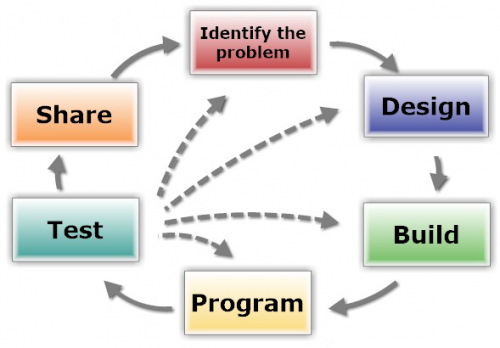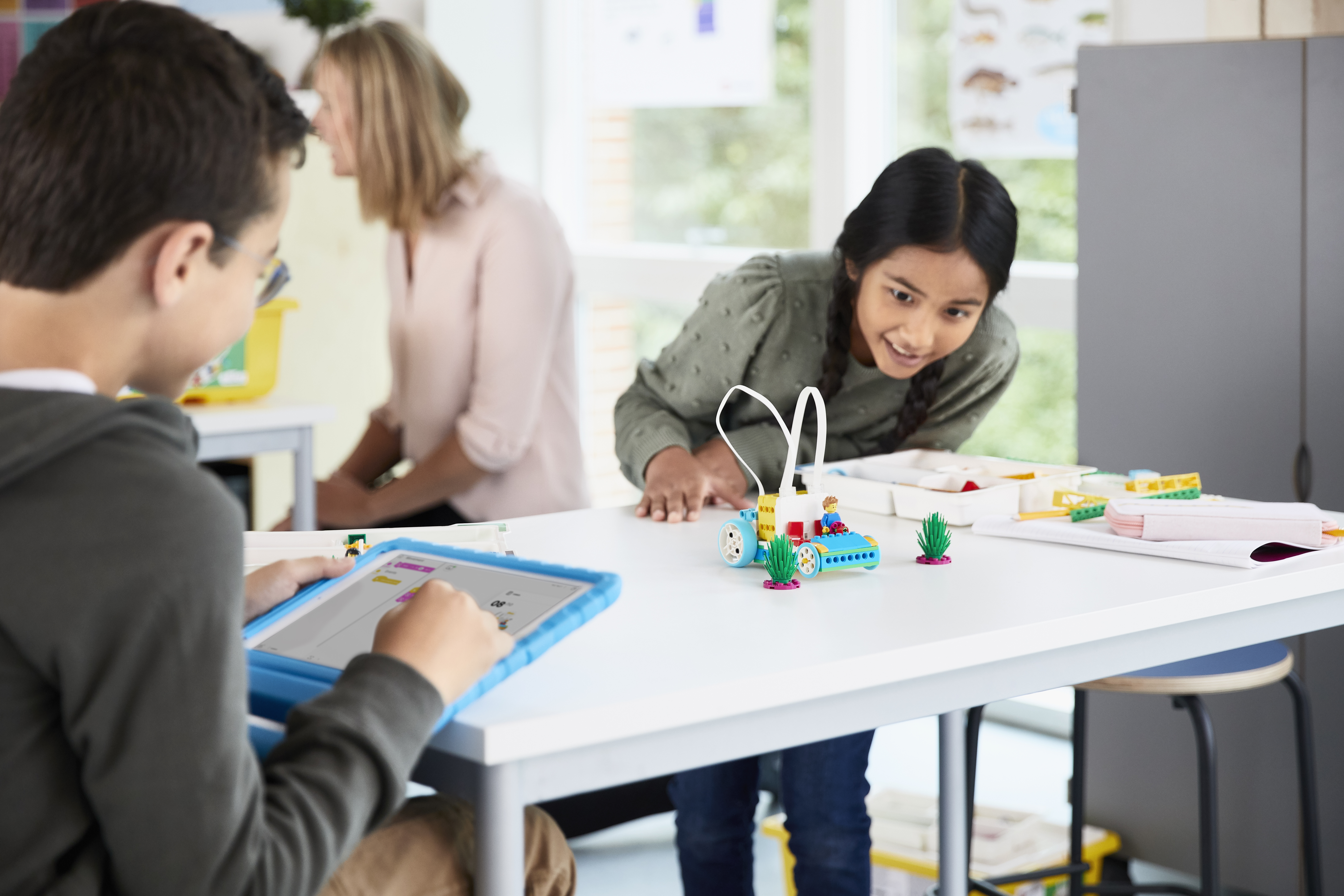Benefits Of Classroom Robotics
The use of robotics in education has been rising over the past two decades. What are the benefits of bringing robotics into the classroom?
Robotics is a field of study that incorporates engineering and programming to design and build robots that solve problems and help people. In the classroom, robotics is a project-based activity that is motivating and engaging for many students and provides many opportunities for learning.
The benefits of bringing robotics into the classroom include:
Robotics develops soft skills
Soft skills are traits and interpersonal skills that are relevant to all professions. Although these have long been recognised as being important in education, they are challenging to teach and assess.
Robotics education fosters:
- Resilience and perseverance
- Problem-solving skills
- Communication skills
- Teamwork skills
- Independence
- Imagination and creativity
- Planning skills
Although robotics is by no means the only activity that can lay claim to these outcomes, it addresses them well and any robotics teacher or mentor could cite numerous examples of how their students have developed and demonstrated these characteristics.
Robotics implements the engineering design process
The engineering design process is a problem-solving methodology that engineers use to solve problems. It is an iterative process that supports open-ended problem solving and gives students permission—and encouragement!—to learn through failure.
Robotics is a fun way of introducing students to the engineering design process. Here’s a version of the engineering design process that I use with my Engineering Design class when we’re doing robotics challenges:
When I introduce this to my class, I emphasize the iterative nature of the process, for example:
When given a challenge, the first step is to ensure that you understand the problem you’re being asked to solve. And then having followed this process to design, build, and program your robot, what’s the most likely outcome the first time you test it? That’s right. It probably won’t work.
You’re inevitably going to spend a lot of time rebuilding and reprogramming your robot. Often you will need to go back to the drawing board and redesign your robot. And all too often you’ll realize that you were solving the wrong problem in the first place, so you have to go back to the start. Eventually though, and regardless of how well things went, you will share what you did and what you learnt so someone can build on your experience.
Robotics is an excellent STEM activity
Engineering design tasks provide a meaningful context for learning and assessing understanding in mathematics, science, and technology, so robotics is an ideal vehicle for STEM learning. Robotics challenges not only allow students to apply their STEM learning to new problems, but also help students to see the purpose of STEM learning.
In mathematics, for example, students can use robot cars to explore the relationship of speed, distance, and time. They can make use of linear relationships to program a robot to drive a target distance. In science, students can use robotics to design and build their own experiment equipment. In computer science, robotics can provide an introduction to programming or an exploration of embedded systems.
Although robotics is a great way to explore specific STEM skills, it’s even better as an activity that supports the interdisciplinary nature of STEM. For example, in the FIRST LEGO League competition, robotics is a launch pad for teams to identify and research a problem in their community, then imagine and share their solution.
Robotics supports challenge-based learning
Robotics is typically introduced to students by way of challenges. Challenges are usually designed to develop particular skills in building or programming, and can be open or closed. My favorite challenges have a low entry with a high ceiling and allow for multiple pathways to success. Challenge-based learning activities invite students to take ownership of their own learning and promote mastery.
I’ve been a supporter of competitions such as RoboCup Junior and FIRST LEGO League for many years, and have helped to run numerous events, but over the past decade I’ve increasingly made use of theme- or exhibition-based challenges. For example, one of my favorite challenges is to have the students design and build an assistive device. That is, a robotic device that enables people to carry out tasks they would otherwise be unable to perform.
Robotics is fun!
Many students—and many teachers!—find robotics inherently engaging. For me, when students are engaged in something they enjoy and that has clear educational value, it’s a no-brainer.
Furthermore, robotics brings a fresh perspective to the long standing tension between traditional and progressive views of education. One of the big problems in mathematics education, for example, is that because it’s so easy to create a list of content of what’s in and what’s out, it’s very tempting to think that mathematics doesn’t change, and that it’s all been solved already. This is a very insidious perspective and one that I think gets in the way of students learning to think and act like mathematicians. Imagine an art class where the students never have the opportunity to create original pieces of artwork! Unfortunately mathematics classes are too often like this.
Engineering is necessarily messy and demands creative solutions to problems. Robotics (and engineering more broadly) hasn’t been “schoolified”. Let’s hope it never is!
Let us know what you think
What do you think of the points raised in this article and what do you see as being the main benefits of robotics education? Why do you teach robotics? Is there a student success story that you’d like to share? Let us know in the comments below.

Leave a Comment